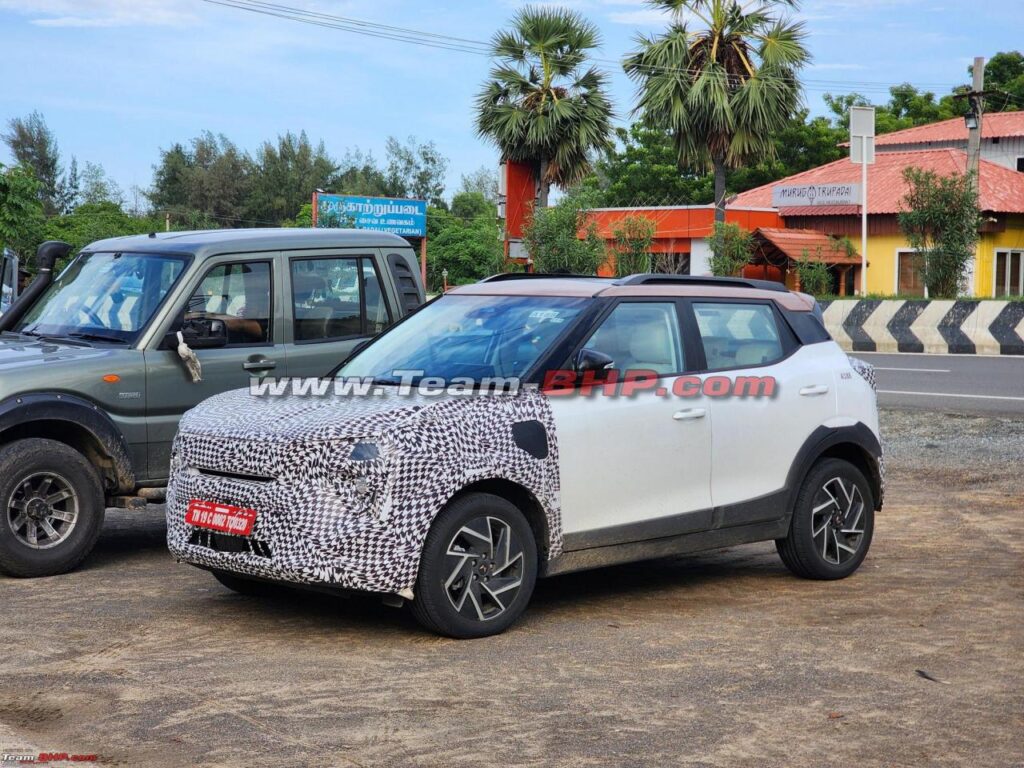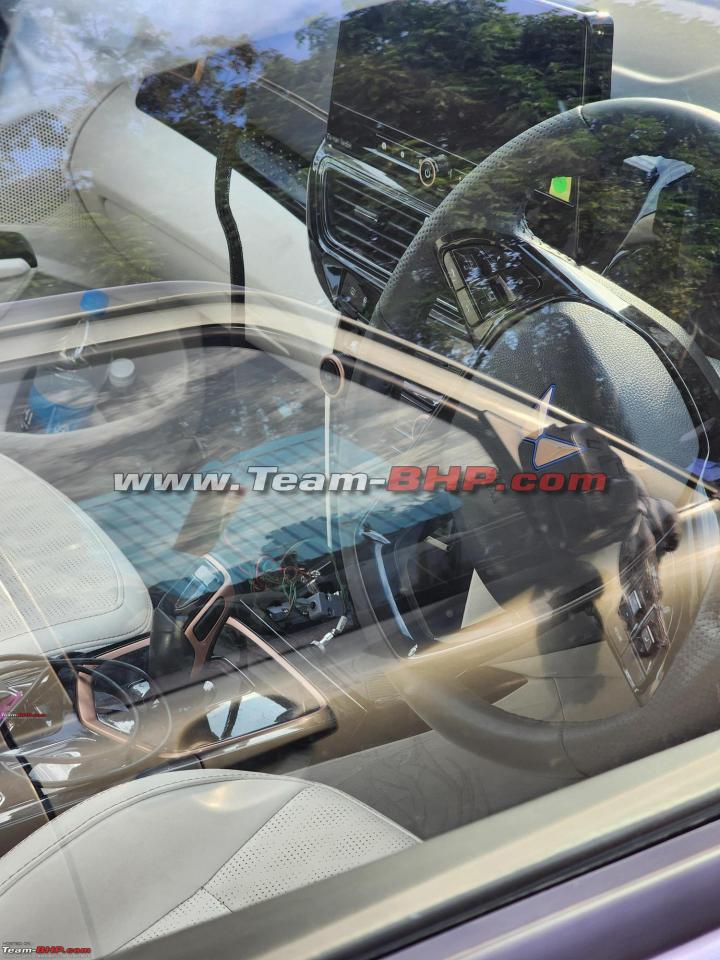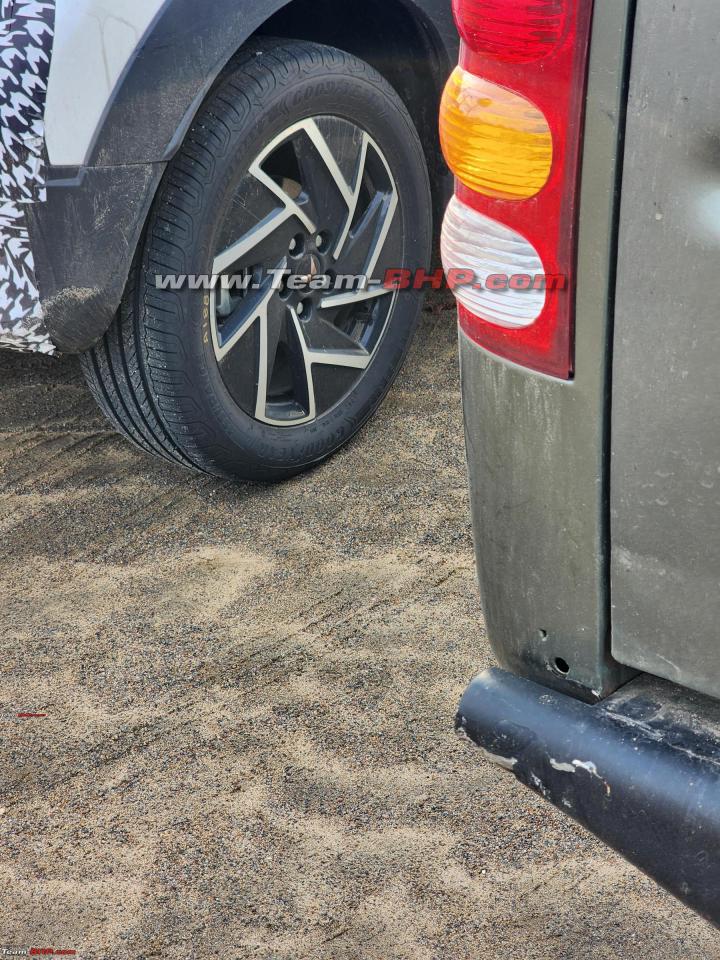The Mahindra XUV400 EV has been competing head-to-head with Tata’s Nexon since its launch. However, after the Nexon received a major facelift last September, it has garnered most of the attention, even though overall EV sales have been declining. In contrast, the XUV400 struggled to maintain its appeal against the revamped Nexon. But now, things seem to be heating up again as the upcoming Mahindra XUV 3XO EV was recently spotted testing in Mahabalipuram. The test model revealed a fresh set of dual-tone alloy wheels and signature copper accents, hinting at its near-production-ready form.

Design: Familiar with Electric Twists
The XUV 3XO EV closely resembles its internal combustion engine (ICE) counterpart, but a few distinct tweaks give it a unique electric identity. Up front, it features a stacked headlamp setup paired with a slim, closed-off grille. The charging port is seamlessly integrated into the front passenger-side fender, clearly marking it as part of Mahindra’s electric lineup.

At the rear, the XUV 3XO EV sports L-shaped LED taillights connected by a sleek light bar, adding a modern flair. The top-spec AX7L variant that was spotted came equipped with roof rails, a shark-fin antenna, and a roof spoiler, giving it a more refined and sophisticated stance.
Interior: EV-Themed with Subtle Updates
Inside, the XUV 3XO EV carries over the familiar 3-spoke steering wheel and upright touchscreen infotainment system seen in the ICE version. The two-tone cabin, featuring piano black finishes and copper accents, continues the EV theme. Notably, there’s a new drive mode selector, designed specifically for the electric version, giving it a distinct touch compared to its petrol-powered sibling.

Battery and Performance: Compact and Competitive
One of the major questions is whether Mahindra will position the XUV 3XO EV below the XUV400 or replace it entirely. Reports suggest that the XUV 3XO EV, likely branded as the “3XO,” will be a sub-4-meter compact SUV, unlike the larger XUV400. It’s expected to be powered by a smaller 35 kWh battery pack, down from the 40 kWh unit used in the XUV400 EV. This move would position the XUV 3XO EV as a more affordable and compact option in Mahindra’s electric vehicle range.
By keeping the XUV 3XO EV under four meters in length, Mahindra not only streamlines the manufacturing process for both the ICE and EV versions but also benefits from lower production costs. This sub-4-meter classification could also reduce the final price for consumers, making the EV more competitive in the market.
With the XUV 3XO EV, Mahindra aims to expand its electric portfolio and challenge the leading contenders in the EV segment.





